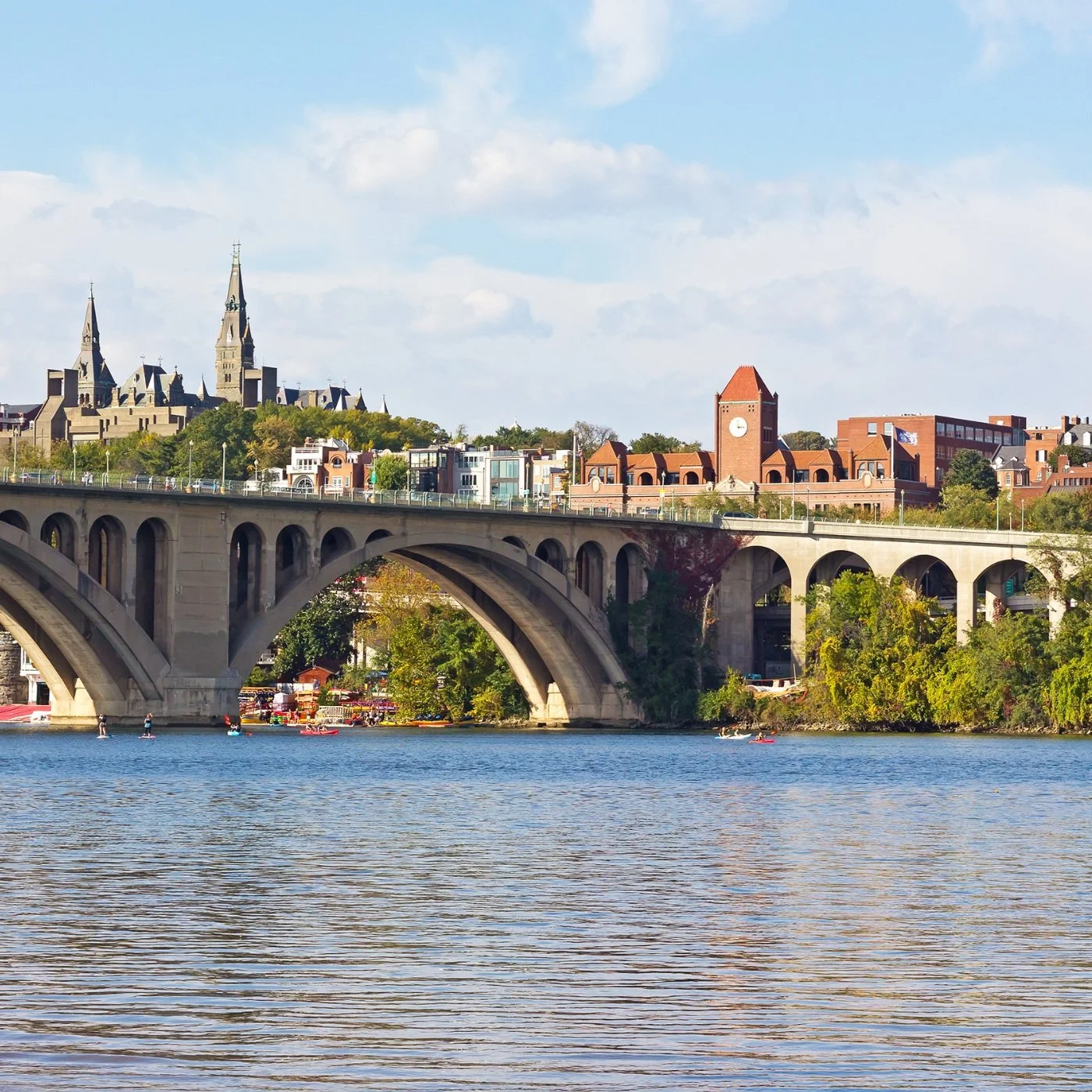Why we’re obsessed with nature’s water TREEtment plants.
/From roots to stem, clean water is not possible without healthy trees.
Let’s shout it from the treetops: We love trees, and all that they do to keep our rivers healthy!
Trees are an essential tool in the fight for clean water. Today, let’s explore the world of trees and why us clean water folks are barkin’ mad for them!
Canopy Connections
Starting at the top, trees do a lot for keeping our rivers clean and healthy.
When it rains, a tree’s leaves (also known as the canopy) intercept rainwater before it hits the ground. That rain is held on the leaves and then evaporates to cool our air, rather than running down into outdated sewage and stormwater systems.
Why is that important? When these stormwater systems overflow, raw sewage spills into the Potomac River... Yuck.
The canopy also shades our waterways, helping keep them cool. When water temperatures start to rise, things like toxic algae blooms move in, making our waters unsafe for people and animals alike.
Roots – the real MVP
Polluted runoff (the rainwater that runs off our streets, roofs, and lawns, bringing with it loads of pollutants) is the only growing source of pollution to the Potomac River.
Trees, and their roots, however, are nature’s Brita filter, absorbing and filtering pollution before it flows into our waters. In fact, a single White Oak, Maryland’s state tree, can intercept and absorb nearly 20,000 gallons of polluted runoff a year!
Tree roots also help prevent excess sediment from muddying waters and harming aquatic habitat. Roots provide a base for soil to cling to along stream and riverbanks to keep shorelines in place.
Unfortunately, streamside trees (also known as riparian buffers) received the only river health indicator that was graded an F in our last Potomac River Report Card.
Tree Challengers
Life is not easy for a tree in our watershed these days. While there are many challenges, these are top three that concern us:
Invasive species
Invasive plants and bugs are threatening our native tree populations.
The invasive Emerald Ash Borer insect has killed hundreds of millions of native ash trees in North America. It's so bad that experts recommend no longer planting ash trees at all to help stop its spread.
Invasive vines like English Ivy and Kudzu cover and smother native trees preventing their access to light and eventually killing the tree.
Deforestation
Deforestation leads to fragmented—and fragile—forests that are even more vulnerable to threats like invasive species and wildfires. And we have plenty of reason to be concerned about deforestation. According to Chesapeake Bay Program, the Chesapeake Bay Watershed loses 70 acres of forest a day, largely due to development pressures.
Development
Which leads us to one of trees’ biggest nemeses: poorly planned development.
When we recklessly pave over forests and natural areas, we cover once natural land with surfaces that can’t absorb rainwater. While trees do a great job filtering polluted runoff, even trees can’t keep up with the sheer volume running off of parking lots, rooftops and streets. Aside from being bad for water quality, large quantities of runoff erode shorelines, exposing roots, and killing trees.
Take action and be a tree champion!
Here are 3 actions you can take today to help trees!
#1 Plant local tree species
Many municipalities in our area offer free trees for your yard. Montgomery County and the District, for example, will even help you select the right tree for you, plant it, and help you maintain it!
#2 Advocate for strong local laws
Contact your local and state leaders and urge them to protect clean water and healthy forests. By standing together, we can stop special interest polluters and ensure our communities benefit from protected natural areas and pollution-free streams.
ACTION ALERT (SPRING 2022): If you live in Montgomery County, Maryland, add your name to a letter demanding the County Council strengthen its forest protections with Potomac Conservancy, Audubon Naturalist Society, and local partners. Take action!
#3 Support Potomac Conservancy’s tree initiatives
If want to see more indigenous trees planted in our area, support Potomac Conservancy’s efforts to protect and restore forests in our region. As an accredited land trust, we permanently protect streamside forests, advocate for river and forest protection laws, and supply state nurseries with high-demand local acorn and tree seeds for restoration efforts. Donate today!



















